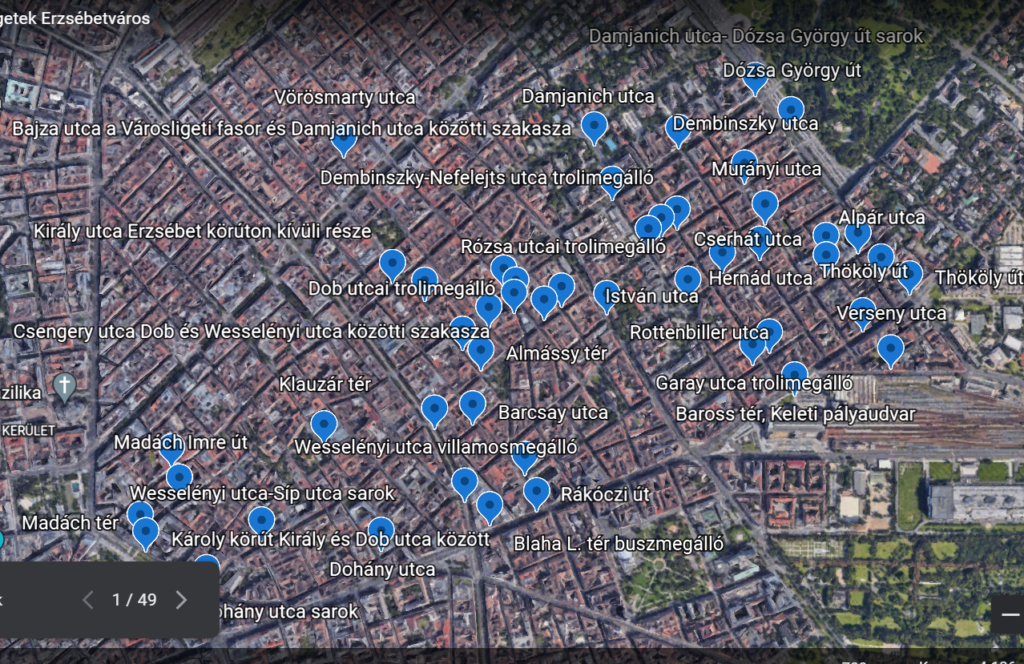UHI survey in the Hungarian Living Lab

Source: www.kozossegitervezes.budapest.hu
The Hungarian Living Lab was established in the inner city of Budapest, called Erzsébetváros. The district is greatly affected by the summer heat waves and urban heat silands due to the low coverage of green infrastructure and the density of the buildings. The Living Lab, whose members are policy-makers and climate experts aimed to help residents in the district to adapt to the changes in urban climate. The Living Lab initiated a co-creation process, to produce climate services that answer the needs and perspectives, and knowledge of stakeholders that helps to create more effective adaptation strategies.
As part of the co-creation process, project team conducted an online survey in September among the residents of the district to learn their challenges and adaptation strategies and to discover their needs concerning climate information and climate services. Our results showed that the residents experienced the changing urban climate, and could locate the places in the district that could be affected by the urban heat island phenomenon.

To tackle the effects of summer heat waves, most of the respondents followed individual adaptation strategies, but as a policy-level adaptation strategy, they considered the improvement of green areas the most effective. Concerning the climate services, they found scale-relevant temperature data and suggestions for individual adaptation practices the most relevant in adaptation. In summary, our survey results showed that besides individual adaptation practices scale relevant climate information can support the development of green infrastructure, which is considered the main solution in adaptation to changing urban climate.